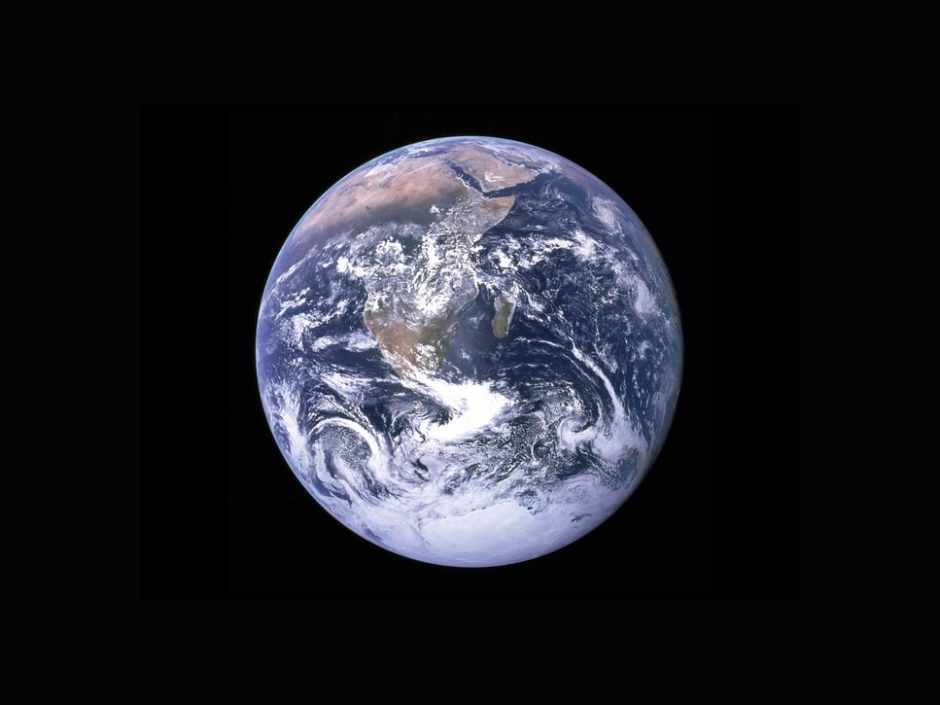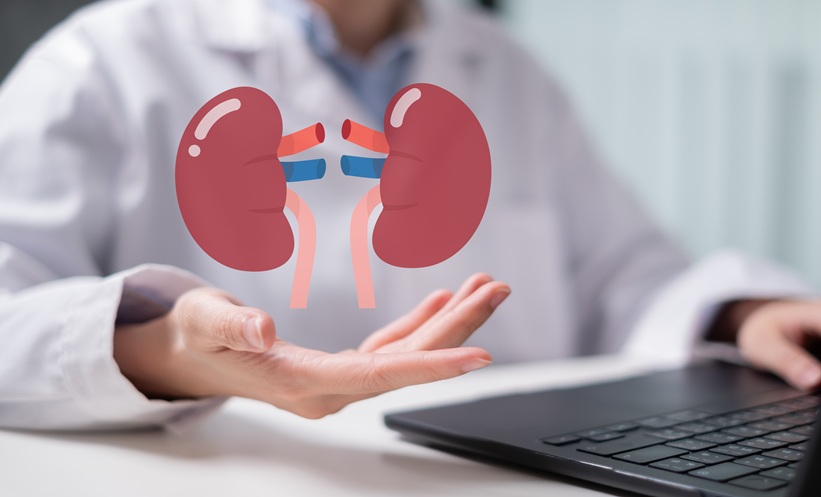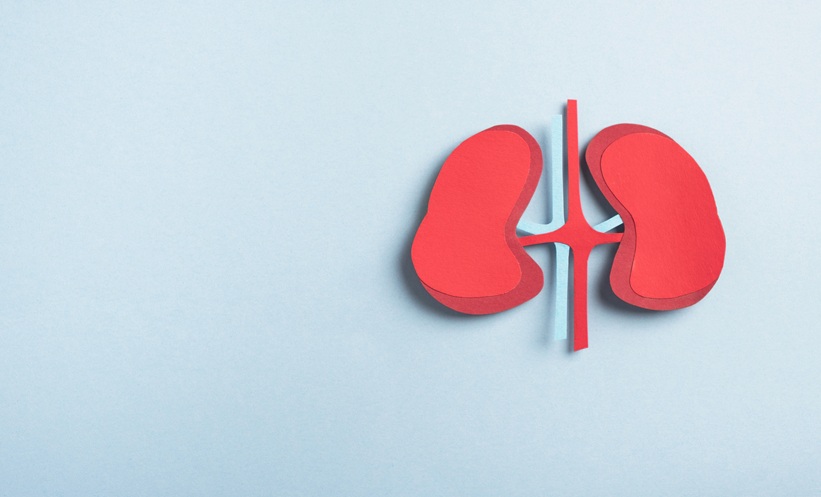Written by Janet Nzisa | Editorial Assistant, EMJ
CLIMATE CHANGE AND NEPHROLOGY: COULD CLIMATE CHANGE AND HEAT STRESS CAUSE CHRONIC KIDNEY DISEASE?
ONE of the highlights of this year’s European Renal Association-European Dialysis and Transplant Association (ERA-EDTA) congress, was the session on future scenarios for renal disease. The session opened with a presentation by Richard Johnson, University of Colorado, USA, who discussed how climate change can impact nephrology.
Undoubtedly, climate change and its impact on the environment has been an ongoing topic of interest for researchers for some time. Johnson started the session by explaining that the mean temperatures have increased by 0.8°C since 1880, with two-thirds of this rise occurring between 1975 and 2021. With climate change being the root cause of 75% of heatwaves and, given the consequences that heatwaves have on population health, it comes as no surprise that climate change would be a point of interest for healthcare professionals. In fact, global warming has brought about severe heat waves, which have been linked to heat strokes and cardiovascular events. Johnson highlighted that heat strokes could have serious complications including seizures, multi-organ failure, and, in extreme cases, death.
Common kidney manifestations of heat stroke include volume depletion and hypotension. During a severe heatwave, an individual can sweat up to 10–12 L/day, which can lead to electrolyte abnormalities such as hyper- or hyponatraemia and hyper- or hypokalaemia. Other kidney manifestations include acute kidney injury, especially acute interstitial nephritis, and rhabdomyolysis. Johnson also explained that patients with kidney failure after a heat stroke are at higher risk of developing a chronic kidney disease (CKD) and end-stage renal disease.
Johnson put forward the argument that there was a direct geographical correlation between increase in temperature over the last 50 years and the location of epidemics of CKD. He presented data showing that CKD death rates correlate with rising temperatures, especially in hot regions such as Central America, India, Thailand, and Sudan, where people are more likely to be employed in manual labour.
In another recent study, a rise was observed in the mortality rates of 120,000 Nepali manual workers who migrated to Qatar. The results of this study showed a cardiovascular mortality rate of 1,500 million/year caused by heat stroke, with most of these individuals also diagnosed with CKD. A study from Taiwan carried out over 13 years showed a 4-fold increased risk for developing CKD and 9-fold increased risk for end-stage renal disease in patients who experienced a heat stroke. Another study carried out in Taiwan over a period of 14 years further revealed that any associated heat events, such as heat exhaustion, heat fatigue, heat cramps, and heat syncope, may potentially increase the risk of developing kidney disease in the future.
CKD epidemics occur in the hotter regions of the world where the majority of the population does manual work. The Uddanam nephropathy epidemic in India lasted from 1961 to 2010 and occurred mainly in areas that experienced frequent heatwaves. Further to this, a study based on death records revealed a positive correlation between the CKD epidemic and rising temperatures. The study showed an association between mortality rates and CKD in Guanacaste on the Pacific coast of Costa Rica, which is a region with temperatures that have continuously increased since the 1970s. This increase could be attributed to the type of work of the individuals carried out. For example, manual labour involves heavy physical work, which may lead to severe distress in the body, especially working in high temperatures and humidity where conditions may exceed the recommended standards of the Occupation Safety Health Administration (OSHA).
Another study comparing the serum creatinine levels between individuals working in sugarcane fields in hot coastal regions and populations living in cooler high altitude regions showed the former had a higher chance of developing CKD. The increase in uric acid production and creatinine over time deteriorates renal functions.
Interestingly, there are similarities in presentations of CKD and heat stroke such as fever, leukocytosis, elevated C-reactive protein caused by inflammation, and renal manifestations such as acute kidney injury, absence of rhabdomyolysis, and the presence of sterile pyuria. A controlled study carried out on mice cells by Johnson and his team further delineated how CKD can be caused by repetitive heat and dehydration cycles. An alternative study on Mesoamerican nephropathy indicated that hydration and shade could provide renal protection. The results showed that by drinking up to 10 L of water with 2 L electrolytes a day, the levels of serum creatinine were lower and therefore preserved renal function overtime.
In his closing remarks, Johnson summarised that the pathology of kidney injury associated with heat stroke is mainly due to severe sweating, dehydration, and electrolyte abnormalities. Appropriate hydration with electrolytes could partially reduce heat stress and the risk of damage to the kidneys caused by a heat stroke. However, climate change and global warming may further heighten the current ongoing CKD epidemics and mortality rates in hot regions.
PLANETARY HEALTH AND LIFESTYLE DISEASES
The environmental crisis caused by climate change is challenging humanity to an unprecedented degree. Traditionally, medicine is based on the understanding of the systems within the human body. In current times medicine needs to broaden its scope to start addressing the external environmental systems that have an influence on overall human health and the population. Innovative solutions are required in order to tackle this global crisis.
In a presentation on planetary health and lifestyle diseases, Peter Stenvinkel, Karolinska Institute Stockholm, Sweden, remarked: “We as nephrologists must know that the health of our patients is very much dependent on the environment, the welfare of animals, and other species in the environment.” He continued by stating that the burden of lifestyle diseases increases and accumulates throughout the ageing process. These lifestyle diseases include cancer, heart conditions, Alzheimer’s, depression, obesity, diabetes, liver, and kidney-related diseases, and have been associated with chronic inflammation, which Stenvinkel termed as the process of ‘inflammageing’.
Stenvinkel explained that during stressful situations and experiences, the human body upregulates Nrf2, which in turn upregulates hundreds of anti-inflammatory and anti-oxidative genes. Stenvinkel introduced a study on the integrative biology and transcription networks that are involved in CKD, which showed that the Nrf2-mediated oxidative stress response pathway serves as a hub between the clusters of inflammation and metabolism-related pathways. Further research has shown the involvement of Nrf2 pathways in lifestyle diseases; in fact, Nrf2 depletion, mitochondrial dysfunction, loss of gut biodiversity, and oxidative stress all lead to overall ‘inflammageing’, thus contributing to the development of lifestyle diseases.
Among several interesting points discussed by Stenvinkel was gut biodiversity, something that could, in fact, be affected by the warming climate as shown by a study. Interestingly, there is now a hypothesis that loss of biodiversity on earth could actually affect gut biodiversity. As a rapidly changing ecosystem, the gut and the effect of environmental factors could have a huge impact on human health. At a nephrology level, a lack of biodiversity in gut microbiota in patients diagnosed with CKD undergoing haemodialysis has a negative effect on the outcome of the treatment.
Stenvinkel also discussed the concept of using food as medicine through the ‘foodome’, a new discipline that studies the food and nutrition domains through the application and integration of advanced omics technologies, using a personalised approach to nutrition and consumption of specific foods to target diseases.
Concluding his presentation, Stenvinkel explained that by reducing food waste and following a plant-based diet, more than two-thirds of biodiversity loss could be avoided. He also stated: “There will be no protection from overall pandemics unless we fix the planet food systems.” This is undoubtedly a key message not only for nephrologists and healthcare professionals, but also for the general public. Stenvinkel explained how important it is to develop an arena for different disciplines to work together in finding a solution.







